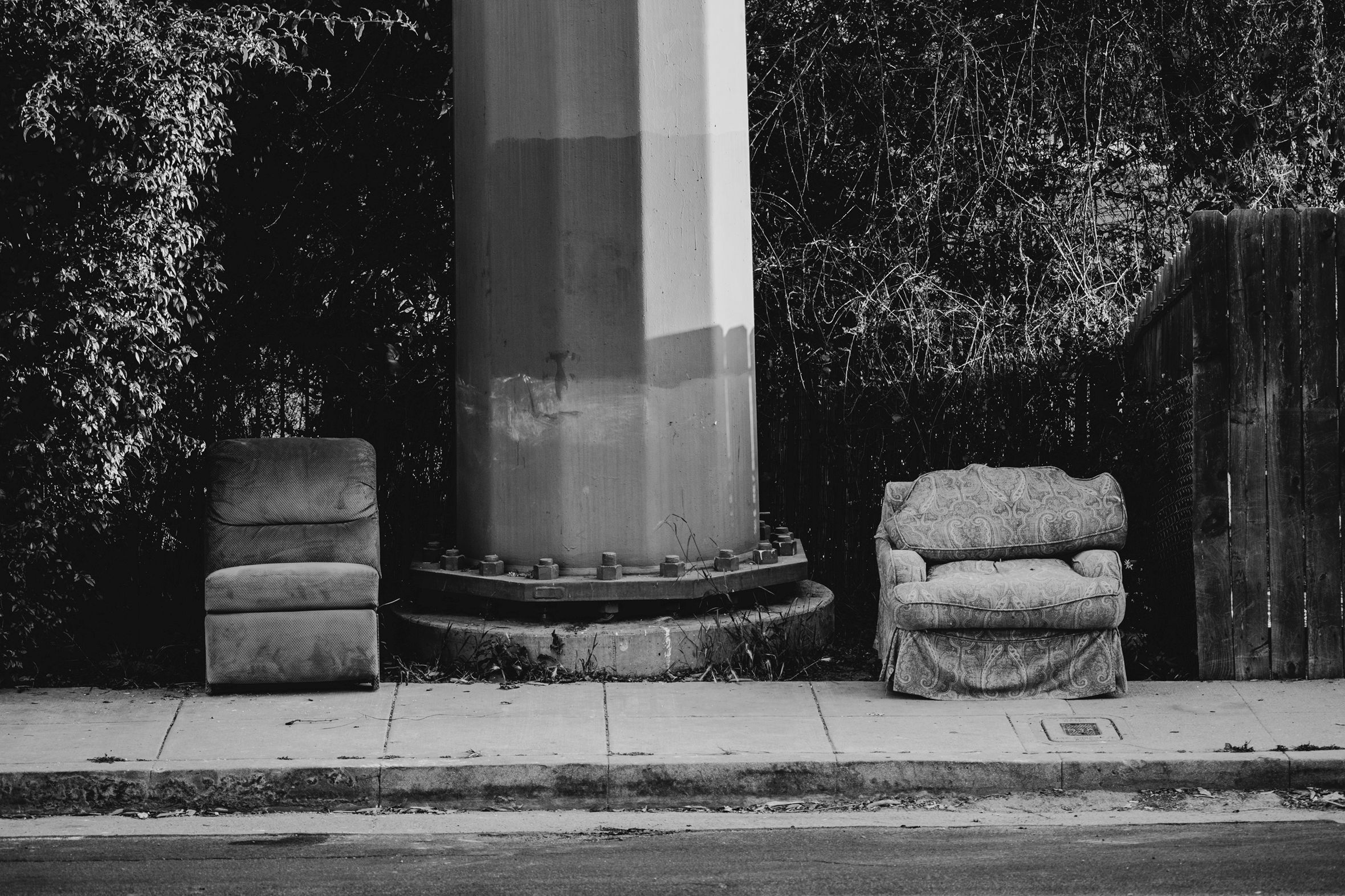While largely undercounted by officials, the scale of homelessness in the United States appears to have grown significantly this decade. The pandemic brought eviction moratoriums, emergency hotel shelters, and a recommendation from the Centers for Disease Control and Prevention to halt removal sweeps, but those were temporary. Meanwhile, for complex reasons — but driven by structural factors like high housing prices and low wages — a majority of homeless people now live in unsheltered locales, like tents, vehicles, or shanties. Many cities and states have chosen to respond with a historic wave of sweeps, tows, bans, and new mass or outdoor shelters.
Independent, Reader-Supported Publishing

©
The Sun Interview
Unsheltered
Eric Tars On The Human Right To Housing
What Do You Think?
We love getting letters to the editor for our Correspondence section.
Has something we published moved you? Fired you up? Did we miss the mark? Send A Letter
Has something we published moved you? Fired you up? Did we miss the mark? Send A Letter
Also In This Issue
February 2023
close




